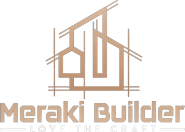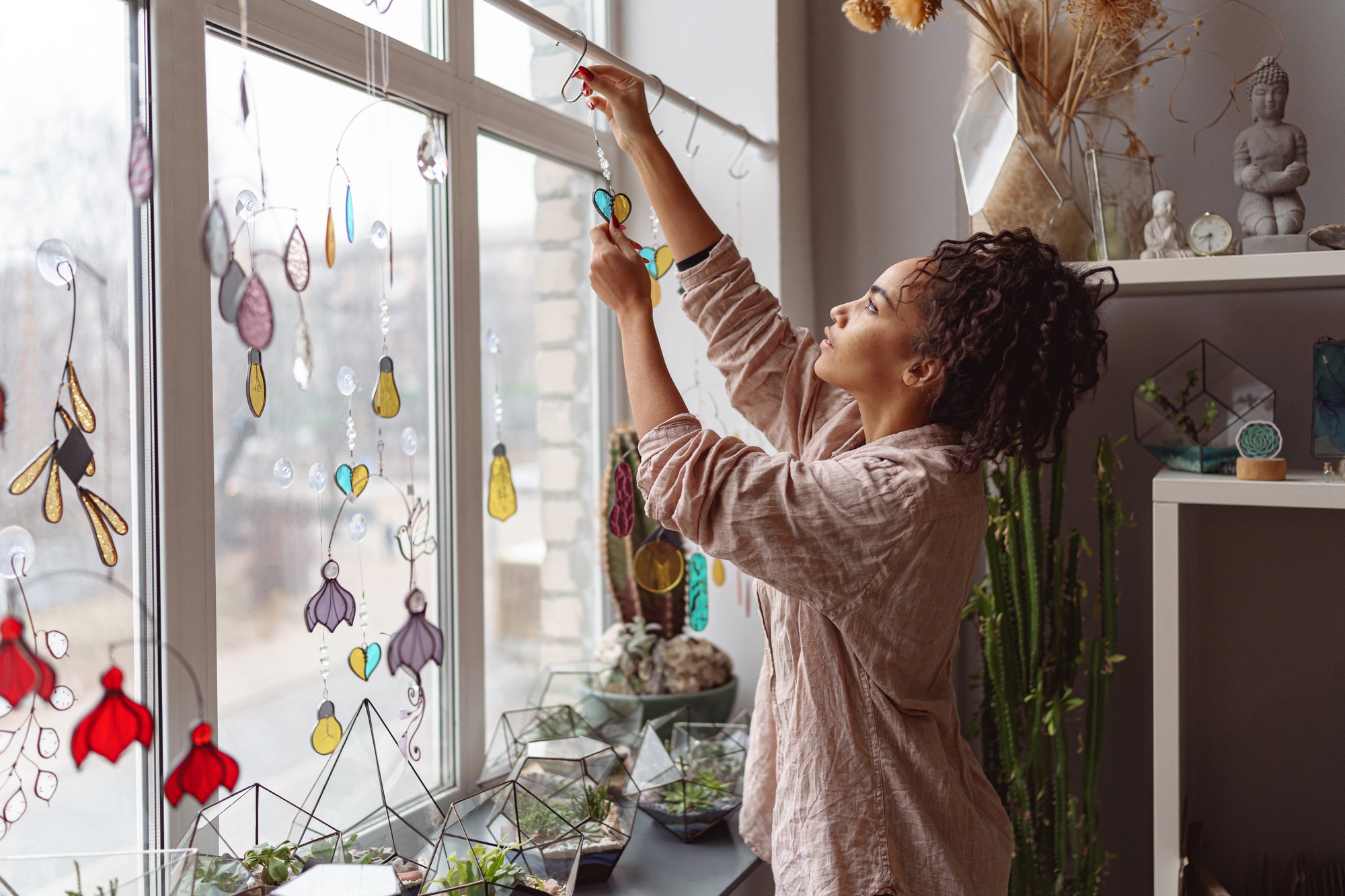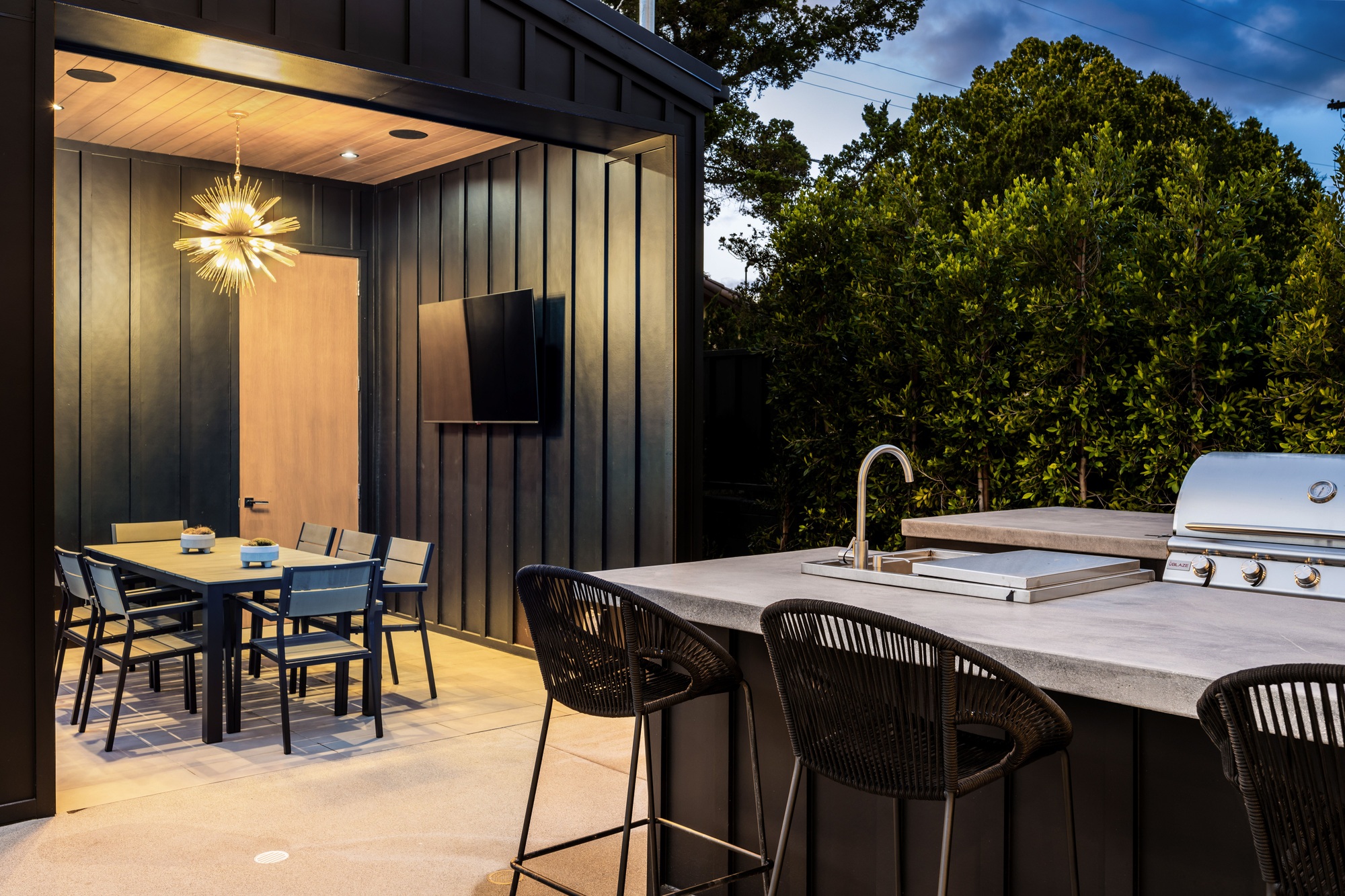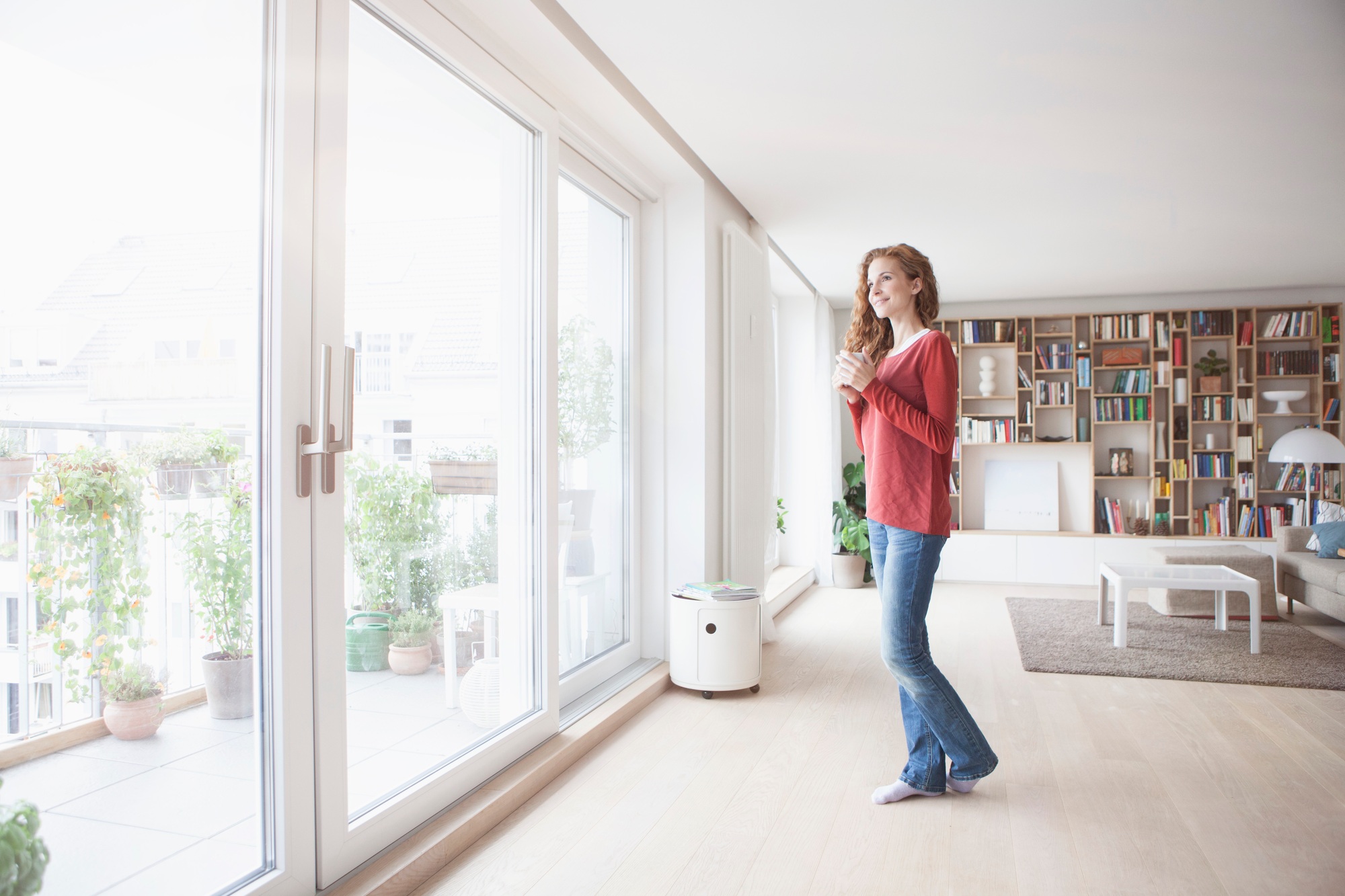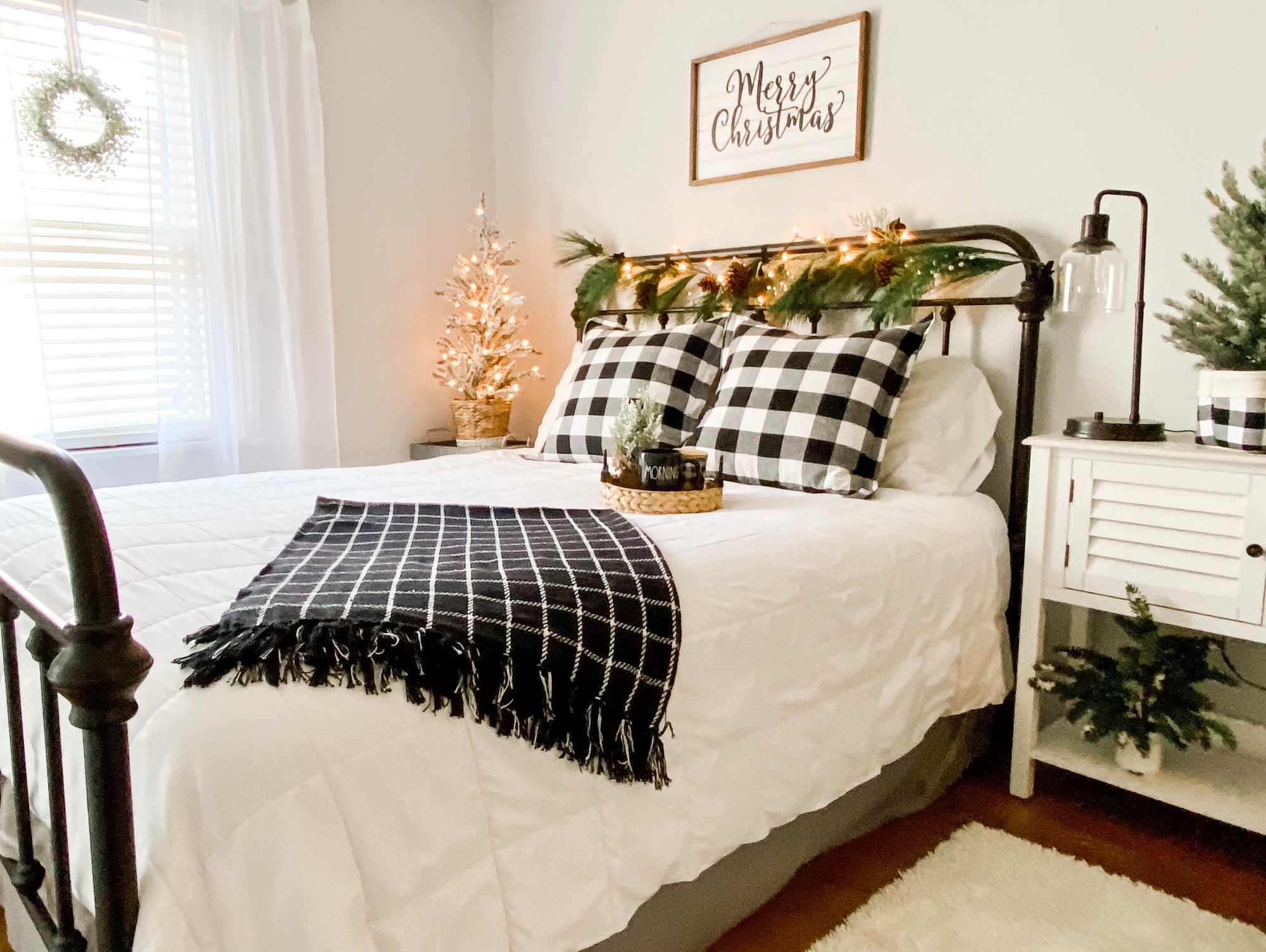Once a bold design move, the accent wall has long been used to add drama, personality, and contrast to interior spaces. But as design tastes evolve in 2025, embracing minimalism, wellness-inspired aesthetics, and sustainable materials. Many homeowners are asking: Do accent walls still work?
The short answer is yes, but not the way they used to. Today’s accent walls are more intentional, more textured, and often more subtle than their 2010s predecessors. If you’re considering a feature wall in your next remodel or redesign, this guide walks you through modern approaches, fresh materials, and smart ways to use them.
A Brief History of the Accent Wall
Accent walls rose to prominence in the early 2000s, popularized by bold color contrasts, think a deep red or navy wall in an otherwise neutral room. It was a cost-effective way to add energy to a space without committing to full-room color.
But over time, accent walls became overused and formulaic. In response, modern designers have reinvented the concept: shifting focus from just paint to include texture, materiality, lighting, and even function.
What Makes a Great Accent Wall in 2025?
Today, the best accent walls serve more than just aesthetic appeal. They can:
- Define zones in open-concept layouts
- Add depth and character through texture or pattern
- Reflect natural light or absorb sound
- Introduce natural materials for biophilic design
- Act as functional surfaces (shelving, slat walls, display space)
The trend in 2025 is toward subtle, layered designs that feel integrated — not tacked on.
2025 Accent Wall Trends: What’s In
1. Textured Wood Slats
Slatted wood paneling continues to dominate accent wall design, especially in living rooms, bedrooms, and home offices. Vertical lines add height and rhythm, while natural wood tones warm up minimalist spaces.
Where it works: Behind beds, around TV units, or along hallway walls.
Style tip: Choose FSC-certified or reclaimed wood for sustainability. Mix widths for a custom look.
2. Large-Scale Murals and Wallcoverings
Modern murals have moved beyond florals and cityscapes. Today’s wallcoverings range from abstract art to topographic maps, hand-drawn botanicals, and high-resolution textures like stone or linen.
What’s trending: Peel-and-stick murals with matte finishes and low-VOC inks, easy to update and renter-friendly.
3. Natural Materials
As biophilic design continues its rise, more homeowners are using stone, bamboo, cork, and clay-based plaster for tactile accent walls.
Why it works: These materials promote a sense of calm and connect indoor environments to nature — a priority in 2025 home design.
Bonus: Many natural wall finishes offer acoustic benefits or thermal regulation.
4. Monochromatic Texture
Instead of high-contrast color, designers are using texture within the same color family. Think a matte plaster wall in the same tone as your other walls, or a 3D wall panel that casts subtle shadows under lighting.
The effect: Understated luxury. Depth without distraction.
5. Functional Feature Walls
The rise in multi-use homes has pushed feature walls to work harder. Built-in bookshelves, media walls, or pegboard-style modular systems are combining function with focal-point design.
Hot in 2025: Slat walls with hidden storage, wall-mounted desks, or gallery-style art rails.
What’s Outdated?
Not every accent wall idea has stood the test of time. If you’re renovating this year, you may want to avoid:
- One bold paint wall in an otherwise white room — This approach can feel dated and disconnected.
- Chevron or geometric wall decals — These were a 2010s trend that has lost traction.
- High-gloss finishes — Matte and natural textures are more aligned with current preferences.
- Accent walls without purpose — Random placement without design intent tends to feel forced.
How to Choose the Right Wall to Feature
Choosing the right wall is just as important as how you decorate it. Here are a few tips:
- Focal Point First: Pick a wall that naturally draws the eye — behind a bed, the fireplace wall, or opposite the entry.
- Function Matters: Choose a wall that supports the purpose of the room. In a dining room, a subtle mural can enhance ambiance. In a media room, acoustic panels can improve sound.
- Size and Proportion: A large, uninterrupted wall is ideal. Avoid walls with lots of windows or doors — the visual impact is diluted.
- Lighting Considerations: Natural and artificial light can transform the look of your accent wall. Make sure texture or patterns work well in changing light.
Accent Wall Ideas by Room
Living Room
- Option 1: Slatted wood with integrated LED strips behind your TV unit.
- Option 2: Earth-toned plaster or clay walls for warmth and a handcrafted look.
- Option 3: A minimalist gallery wall with floating shelves and framed neutral prints.
Bedroom
- Option 1: Upholstered wall panels or a full-height headboard wall.
- Option 2: Moody wallpaper with botanical or geometric patterns.
- Option 3: A painted tone-on-tone mural behind the bed for soft depth.
Kitchen
- Option 1: Tiled feature wall with artisan or zellige tiles above open shelving.
- Option 2: Painted shiplap or vertical beadboard for modern farmhouse charm.
Bathroom
- Option 1: Stone-look tile behind a freestanding tub.
- Option 2: High-contrast grout and tile patterns for bold modernism.
Home Office
- Option 1: Acoustic felt wall panels in muted colors.
- Option 2: Slat walls with built-in storage and display cubbies.
Cost Considerations
Accent walls can range from under $100 for DIY paint jobs to several thousand for custom millwork or stone. Consider your budget, but also the impact — a well-designed feature wall can elevate the feel of an entire room.
Cost breakdown examples:
- Painted accent wall: $50–$200
- Wallpaper/mural installation: $300–$800
- Slatted wood wall: $500–$1,500
- Stone veneer or tile: $800–$2,500+
Pro tip: If budget is tight, focus on one standout wall in a high-impact room — like the living room or primary bedroom.
Sustainability in Accent Wall Design
As sustainability continues to shape design choices in 2025, homeowners are turning to eco-friendly materials for their accent walls. Using sustainable, locally sourced, or recycled materials adds not only aesthetic value but also environmental benefits.
1. Reclaimed Wood
Reclaimed wood is a top choice for accent walls, offering both a rustic charm and a commitment to sustainability. This material has a unique story, which adds character and depth to your space. It also requires less energy to process compared to new lumber, making it a greener alternative.
Where to use it: Living rooms, dining areas, and entryways. Reclaimed wood can be used for large panels or small accent sections for an added touch of warmth.
2. Bamboo Panels
Bamboo is a fast-growing, renewable resource that offers a modern, sleek look. It’s incredibly versatile and can be used to create textured accent walls with vertical slats or woven patterns. Bamboo is also durable and highly resistant to moisture, making it perfect for areas like bathrooms or kitchens.
Style tip: Combine bamboo with warm, neutral colors to create a calming, nature-inspired space.
3. Recycled Metal and Glass
For those looking to add an industrial touch to their home, recycled metal and glass are excellent sustainable options. These materials not only support a more eco-conscious lifestyle but also introduce bold textures and reflections to your walls. Recycled steel, copper, or glass tiles can create accent walls with a contemporary flair.
Where it works: Loft-style living rooms, modern kitchens, or office spaces.
Accent Wall Maintenance
A key factor in the longevity and appeal of your accent wall is the ongoing maintenance it requires. The material you choose will impact how much care it needs to stay looking fresh and vibrant.
1. Painted Walls
While painted accent walls are the easiest to maintain, they do require occasional touch-ups, especially in high-traffic areas. Opt for washable paint finishes such as satin or eggshell, which are more durable and easier to clean.
Pro tip: Keep extra paint on hand for any quick fixes or touch-ups, particularly in kids’ rooms or living spaces.
2. Wood Walls
Wood accent walls can be beautiful but do require regular care. Over time, wood may fade or warp depending on the amount of light and moisture it’s exposed to. To maintain its beauty, you may need to sand and reseal the wood every couple of years. Using wood with a protective finish can extend the life of your accent wall significantly.
Pro tip: To prevent damage from humidity, especially in areas like bathrooms, use wood that’s been treated for moisture resistance.
3. Tile and Stone
Tile or stone accent walls are incredibly durable and require minimal maintenance. They’re resistant to wear and tear, and cleaning is as simple as wiping them down with a non-abrasive cleaner. However, the grout between tiles should be sealed regularly to prevent stains and moisture build-up.
Accent Walls for Different Styles
When designing an accent wall, it’s essential to align the look with the overall style of the room. Whether your aesthetic is industrial, minimalist, boho, or mid-century modern, there are accent wall solutions that fit every style.
1. Industrial Style
For an industrial or loft-inspired space, consider a combination of raw materials such as exposed brick, concrete, or steel panels. The accent wall should feel like an extension of the structure of the home. Think about using unfinished materials or materials that retain a rugged, utilitarian feel.
2. Minimalist Style
In a minimalist home, less is more. A single, clean accent wall with subtle texture or a calm neutral hue will provide a sense of sophistication without overwhelming the space. Avoid bold patterns or high-contrast colors. Instead, focus on natural finishes, like light oak wood or concrete, to achieve understated elegance.
3. Boho Style
For a boho-inspired space, accent walls often incorporate vibrant colors, intricate patterns, or textiles. Consider using woven tapestries, patterned wallpaper, or even textiles like macramé or textile wall art. These elements bring a sense of comfort and eclectic charm that’s perfect for a cozy boho room.
Final Thoughts: Are Accent Walls Still Worth It?
Absolutely, when done with purpose. In 2025, accent walls are no longer just color pops or DIY trends. They’re architectural tools that define space, express personality, and add warmth, texture, and even functionality.
The key is to think beyond the obvious. Choose materials and designs that work with your home’s layout, your lifestyle, and your long-term goals. Whether you’re drawn to natural wood, sculptural surfaces, or soft plaster tones, a well-executed accent wall can be a timeless feature.
Thinking of adding one to your next remodel?
Our design team can help you create a custom accent wall that feels intentional and modern — and fits your space and budget.
